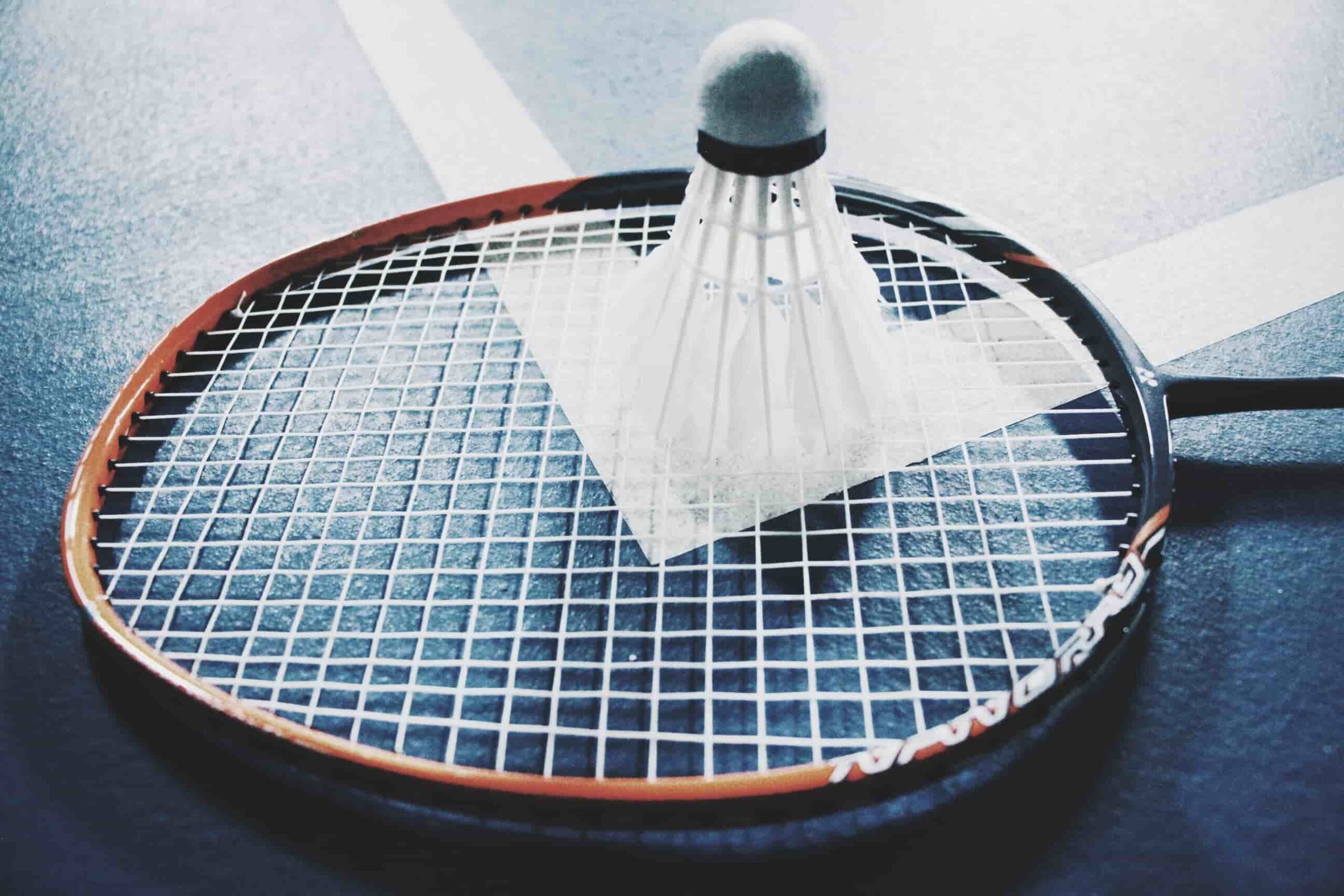Badminton is a fast-paced and exciting racquet sport that is enjoyed by millions of people around the world. Whether you’re a beginner looking to learn the basics or a seasoned player aiming to refine your skills, understanding the rules of the game is essential. In this comprehensive guide, we’ll delve into the key rules and regulations that govern badminton, covering everything from court dimensions to scoring and fouls.
1. The Basics: Court and Equipment
Court Dimensions: A standard badminton court is rectangular, with a length of 13.4 meters (44 feet) and a width of 6.1 meters (20 feet) for singles matches. For doubles, the width is extended to 6.1 meters (20 feet) on each side, making the overall width 12.2 meters (40 feet). The court is divided into halves by a net that runs parallel to the sidelines.
Net: The net is positioned at the center of the court, creating two equal-sized playing areas on either side. It should be 1.55 meters (5 feet 1 inch) high at the edges and slightly higher (1.524 meters or 5 feet) at the center.
Shuttlecock: Badminton is played with a shuttlecock, a feathered or synthetic projectile with an open conical shape. The shuttlecock must have 16 feathers fixed in a cork base or be made entirely of synthetic materials. In competitive play, the feathered shuttlecock is typically used.
Rackets: Players use racquets, commonly known as rackets, to hit the shuttlecock. The rackets should have a maximum length of 68 centimeters (26.77 inches) and a maximum width of 23 centimeters (9.06 inches).
2. Serving and Receiving
Service Courts: At the start of a game, a coin toss or another predetermined method determines which player or team gets to choose between serving and receiving. The winning side decides whether they want to serve, receive, or pick a specific side of the court. The side that wins a game serves first in the subsequent game.
Service: In singles play, the server stands within the service court and hits the shuttlecock diagonally across the net to the receiver’s service court. The serve must be below the server’s waist and aimed below the receiver’s waist. In doubles, the serving team alternates between players and serves from the right service court when their score is even and the left service court when it’s odd.
Faults in Service: Several faults can occur during service, resulting in a point for the opponent. Common service faults include serving outside the service court, not hitting the shuttlecock below the waist, and not keeping both feet grounded during the serve.
Elevate your game with our comprehensive guide to Diving and Horse shoepitching equipment, and advanced techniques. Dive into the world of sports excellence
3. Scoring System
Scoring: Badminton uses a rally scoring system, meaning a point is scored on every serve, regardless of which side serves. A match consists of the best of three games, with each game played to 21 points. However, if the score reaches 20-20, the game extends until one side has a two-point lead.
Winning a Game: To win a game, a player or team must reach 21 points (or the agreed-upon number) and have a two-point lead over their opponent(s). If the score is tied at 29-29, the side scoring the 30th point wins the game.
4. In-Game Rules
Doubles Play: In doubles, each team consists of two players. The serving side serves from one service court, and the receiving side returns the shuttlecock to the corresponding service court. The rally continues until a fault is committed, leading to a point for the opposing side.
Change of Ends: Players change ends at the completion of each game, and if a third game is necessary, they change ends when the leading score reaches 11 points. Changing ends helps ensure no team has a significant advantage due to factors like lighting or air currents.
Let: A let is called when a rally must be stopped and replayed. Common reasons for a let include the shuttlecock getting caught in the net, the server serving before the receiver is ready, or external interference affecting the game.
5. Faults and Penalties
Faults: A fault occurs when a player violates the rules of the game. Common faults include:
- Failure to hit the shuttlecock over the net and into the opponent’s court.
- Hitting the shuttlecock before it crosses the net.
- Letting the shuttlecock land outside the boundaries of the court.
- Making contact with the net or its supports with the racket, body, or clothing during play.
- Obstructing the opponent’s sight or interfering with their play.
Penalties: When a fault is committed, the opposing side is awarded a point. In addition to this, the serving side changes. If the serving side commits a fault, the receiving side is awarded a point, and the serve passes to the other team.
6. Umpire and Line Judges
Officials: Competitive badminton matches often have an umpire and line judges to ensure fair play. The umpire oversees the overall conduct of the game, makes decisions on faults and lets, and ensures the match progresses smoothly. Line judges assist the umpire by making calls on whether the shuttlecock lands within the court boundaries.
Challenges: Some high-profile badminton tournaments use the challenge system, allowing players or teams a limited number of opportunities to challenge a line judge’s decision. If a challenge is successful, the player or team retains the right to challenge, but if unsuccessful, they lose the chance to challenge further in that game.
7. Code of Conduct and Sportsmanship
Sportsmanship: Badminton, like any sport, places a strong emphasis on fair play and sportsmanship. Players are expected to conduct themselves with integrity, respect their opponents, and adhere to the rules. Unsportsmanlike conduct, such as verbal abuse, deliberate delays, or any form of cheating, can result in penalties or disqualification.
Code of Conduct: Players are expected to adhere to a code of conduct that outlines acceptable behavior during a match. This includes refraining from using profanity, not arguing with officials, and maintaining a positive and respectful demeanor on the court.
8. Conclusion
Badminton is a dynamic and exhilarating sport that demands agility, precision, and strategic thinking. Understanding and following the rules not only ensures fair play but also enhances the overall enjoyment of the game. Whether you’re a casual player enjoying a friendly match with friends or a competitive athlete vying for victory in a tournament, a solid grasp of the rules is fundamental to your success and the spirit of the game. So, grab your racket, step onto the court, and let the shuttlecock fly as you engage in the thrilling world of badminton.

















